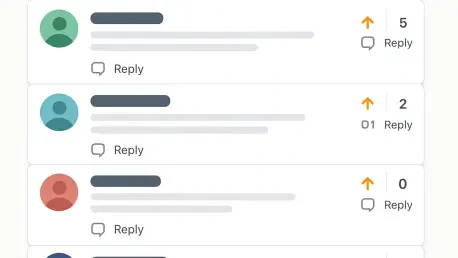We’re thrilled to sit down with Vijay Raina, a seasoned expert in enterprise SaaS technology and software design. With a deep background in crafting intuitive tools and providing thought leadership in software architecture, Vijay offers unique insights into the recent updates to the comments user interface on Stack Overflow. In this conversation, we explore the motivations behind the redesign, the impact of opening commenting to all users, and how features like threading and voting aim to enhance community engagement and preserve the value of discussions.
What sparked the idea to revamp the comments user interface on Stack Overflow?
The primary driver was user feedback. Over time, we noticed that many users struggled with following conversations in busy Q&A pages. The old system felt flat and disjointed, making it hard to track discussions. We also saw a growing desire for more inclusive participation, which led us to rethink barriers like the 50-reputation requirement for commenting. Our team prioritized this update because fostering better dialogue directly impacts the quality of content on the platform.
How did you decide to make commenting accessible to all registered users rather than keeping it tied to reputation points?
We wanted to lower the entry barrier to encourage more voices in the community. Requiring reputation points often discouraged newer users from contributing, even when they had valuable insights. By making commenting open to everyone, we’re betting on diversity of thought to enrich discussions. Of course, we’re aware of potential risks like off-topic or low-quality comments, but we’ve put systems in place to manage that.
Can you walk us through how the new threaded comments feature improves the user experience?
Absolutely. Threading organizes follow-up comments directly under the parent comment, creating a clear hierarchy. Before, discussions could get lost in a long, linear list, especially on popular posts. Now, if someone asks for clarification on a specific point, the reply stays connected, so users don’t have to scroll and guess which comment ties to what. It’s a game-changer for readability and keeping conversations focused.
What was the thinking behind introducing a voting system for comments?
Voting on comments helps surface the most helpful or insightful contributions. It’s like a filter for quality—users can quickly see which comments add real value to a question or answer. This is especially useful for future visitors who are digging through older threads. We’ve also built in checks to prevent misuse, like limiting how votes can be cast to avoid manipulation or spam.
How does the updated flagging system support the overall quality of discussions on the platform?
The enhanced flagging system is our safeguard against content that doesn’t belong—think spam, irrelevant chatter, or anything disruptive. It empowers users to report issues quickly, and our moderation team reviews these flags to keep the repository clean and useful. The goal is to maintain a space where comments genuinely contribute to learning and problem-solving, without letting noise take over.
Why is preserving the historical value of comments so important in this update?
Comments often provide critical context that isn’t in the original question or answer. They might clarify a tricky point or offer a different angle that’s just as valuable years later. By keeping older comments within threads, we ensure that future users get the full picture, not just a snapshot of the initial solution. It’s about building a lasting knowledge base that doesn’t lose its depth over time.
What kind of long-term impact do you hope this new commenting system will have on community engagement?
We’re aiming for a more active, connected community. With commenting open to all, we expect more users to jump into discussions, share ideas, and ask questions. Over time, this should make our Q&A repository even richer, as diverse perspectives add layers to the content. It’s not just about quantity—it’s about creating a space where people feel their input matters.
What’s your forecast for the future of online community engagement on platforms like Stack Overflow?
I think we’re moving toward even more interactive and inclusive spaces. Features like threading and voting are just the start—future tools might use AI to summarize discussions or highlight key insights automatically. The focus will be on balancing openness with quality, ensuring everyone can contribute while maintaining a high standard of content. I’m excited to see how communities evolve as technology keeps breaking down barriers to participation.









